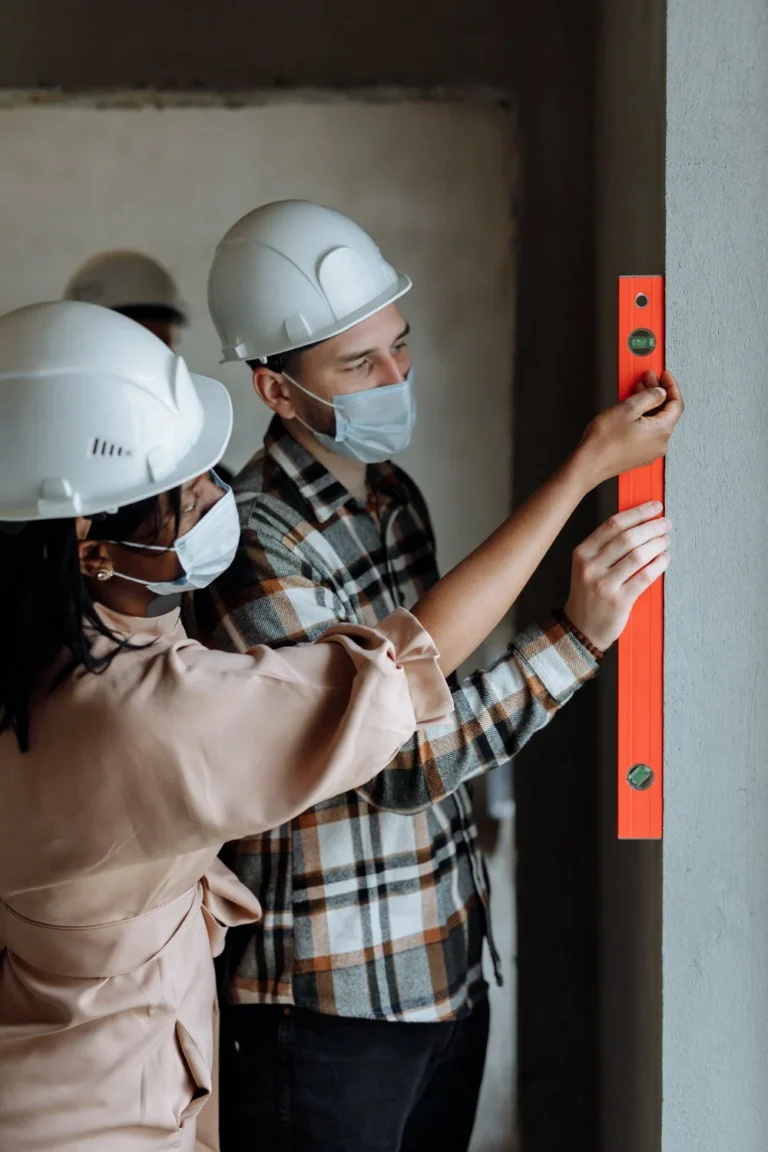There are many different types of building inspections. These include Rough Plumbing and Framing inspections, Final building inspections, and Electrical, mechanical, and plumbing inspections. In addition, you should be familiar with Radon testing. Know what to look out before you sign the contract and hire an inspector.
Inspections of framing and rough plumbing
Rough Plumbing and Framing inspections are required if you’re planning to purchase a house. These inspections will assess a variety areas depending on where you live, including the pipe size, how the lines are run and the security of the pipes. Before you begin the construction process, make sure you schedule these inspections before the framing is complete.
Another important aspect of Pre Purchase Building Inspections Melbourne is the electrical inspection. These tests are used in order to ensure that the wiring is installed according with code. While electrical inspections check the wiring, framing inspections check the framing. Plumbing inspections inspect the plumbing.
Before insulation and rough plumbing can be installed, inspections must be done. Electrical and gas piping must be inspected before framing is complete. Rough Plumbing inspections also check for compliance with Title 24 Requirements for Residential Lighting. They also check for sewer caps.
Before you can start framing your home, you’ll need to complete rough plumbing, electrical, and mechanical inspections. You’ll also need a fire sprinkler inspection. You’ll also need to have all fire sprinkler piping inspected before putting on wallboard and stucco.
After the other inspections, rough plumbing and framing inspections should take place. An authorized inspector should be present at the site for this inspection. A licensed inspector should verify the stamp on the wall assemblies and check for third-party evaluation reports. A special inspection is required if you plan to install epoxy anchors. Also, you should know about the requirements for insulation and vapor barrier.
Final building inspections
If you’re planning to purchase a new home, final building inspections are an important aspect of the closing process. They’re an opportunity to point out any problems and ask the builder to fix any problems that arise. While most builders will fix minor blemishes that come to light during the walk-through, a final inspection may reveal other issues that you’ll need to ask about.

Building inspectors use checklists to help them make sure that every part of a property is compliant and ready for occupancy. The final inspection checklist should contain all elements required to pass inspection. It’s also a good idea to give the checklist to the contractor before the final inspection so that they can address any issues early or make final preparations.
A final inspection should take at least a few hours. The inspection may take longer if the property is larger than the average. The inspector will check every inch of the property, including the roof and foundation. He will also inspect the drainage system, floors, and stairways. During the inspection, he/she should take photos and note down any problems. After the inspection is completed, the inspector will prepare a detailed report with photos. The report should arrive within one week of the final inspection.
The inspector will check all electrical outlets, including electrical panels. He will also check for ground fault circuit interrupters, which can prevent electrical shock or electrocution. The inspector will also check for fire hazards such as faulty smoke detectors. The inspector will also check for proper ventilation in the laundry room, as an improper dryer exhaust system can cause a fire.
Electrical, mechanical, plumbing
Before you start a new construction project, there are several different types of building inspections that you should be aware of. Electrical, mechanical, and plumbing inspections are necessary to ensure that a building meets all the requirements for energy efficiency. Before framing begins, it is important to inspect the foundation, framing elements, and framing. You should also have a thorough inspection of the plumbing and electrical systems before starting the framing process.
There are three types of building inspections – rough framing and frame inspections. The former evaluates whether the structure’s framing components are installed properly and if they are installed with proper fasteners. The latter examines whether the building’s mechanical and electrical systems meet government codes. It also examines whether the fire safety systems in the building are functioning properly and whether the sprinkler system has been properly installed.
The inspections of electrical components and materials cover all aspects of the service. Inspectors will inspect the wiring inside walls and any ground splices. This inspection will also check the wiring’s overall installation, including the size of the wires, the service panel, and the grounding of the cables. It will also inspect for proper installation of switches, receptacles, and other components.
Mechanical inspections focus on mechanical appliances and HVAC concerns. They inspect kitchen exhaust equipment, gas piping, hydronic and gas piping, as well as flammable liquid storage. They also inspect fireplaces, chimneys, and other equipment. They also focus on air quality and energy conservation measures.
To ensure safety in your new home, you will need to conduct electrical, mechanical, and plumbing inspections. During the construction process, a thorough inspection of all three of these areas will ensure that everything is working correctly and efficiently. These inspections include the structure of the building and the installation of meters, lighting, and other systems. Each type of system will have its own metering requirements.




